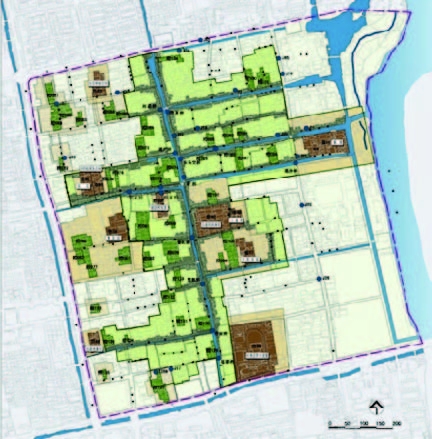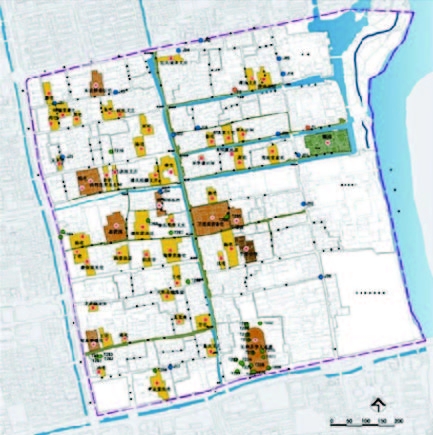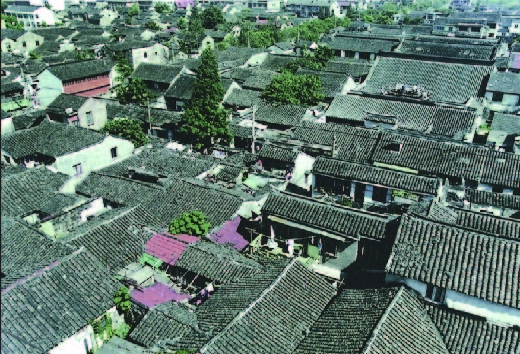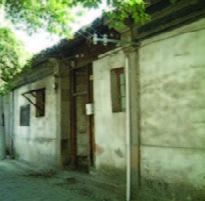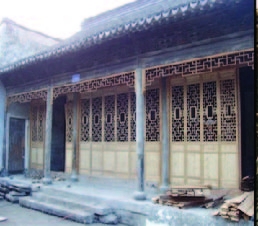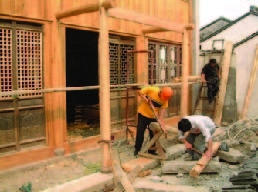| Pingjiang Historic Block |
| PublishDate:2013-02-26 Hits:5092 |
Pingjiang Historic Block is the largest as well as the most protected historical block in Suzhou. Here, the remnants of Old Suzhou are preserved. The block is at the heart of the town, covering an area of 116.5 hectares. It features 167,000 square kilometers of historic buildings and over 100 provincial and municipal cultural properties, including the World Cultural Heritage Site Ouyuan. ‘The Conservation Plan of Pingjiang Historic Block in Suzhou’ was drawn up by Shanghai Tongji Urban Planning and Design Institute and the National Research Center of Historic Cities Tongji University, after extensive historical and cultural research and detailed surveying. The plan expounded on the conservation and restoration of the historical environment and cultural heritage. It further specified how the historic block could be used in urban development to improve the quality of life, the urban economy, and regional vitality. The purpose of the plan is to protect the historical value of buildings and their surrounding environment while keeping them residential. Such conservation tactics will preserve the roots of this ancient civilization and restore the value of this historical block, while also bringing prosperity to the region.
Because of the innovative methods and remarkable success of the conservation plan, this project won the Honorable Mention Prize in the 2005 UNESCO Asia-Pacific Heritage Awards for Cultural Heritage Conservation. The Heritage Awards Jury praised the project in the following evaluation:
“[Pingjiang Historic Block is] a commendable example of integrated urban rehabilitation which has restored the physical, social and commercial fabric of one of China’s most well-known waterway historic towns. The project adopts a methodical approach through establishing a comprehensive preservation plan covering over 100 hectares. In the public realm, the project has resulted in the restoration of the main commercial road, rehabilitation of historic riverside structures, and necessary improvements to modern infrastructure systems. The project has demonstrated the feasibility of upgrading traditional housing stock to keep it in continuous use by the original residents, which maintains the authentic historic spirit of the place. Substantial government commitment through financial investment, establishment of block associations, training of specialized staff and the provision of micro-credit to homeowners, coupled with active community participation, will ensure historic continuity and the long-term sustainability in this community.”
|
- News | WHITRAP Shanghai and CNR-ISPC bilateral meeting
- News | WHITRAP meets Cité de l’Architecture et du Patrimoine
- WHITRAP Hosting "Workshop on Preliminary Assessment for National Focal Points of the Asia Region" in Chengdu
- WHITRAP Shanghai meets UNESCO
- INTERNATIONAL CONFERENCE PRELIMINARY ANNOUNCEMENT & CALL FOR PAPERS
- Observation of the 46th Session of the World Heritage Committee
Copyright © 2009-2012 World Heritage Institute of Training and Research-Asia and Pacific (shanghai)


